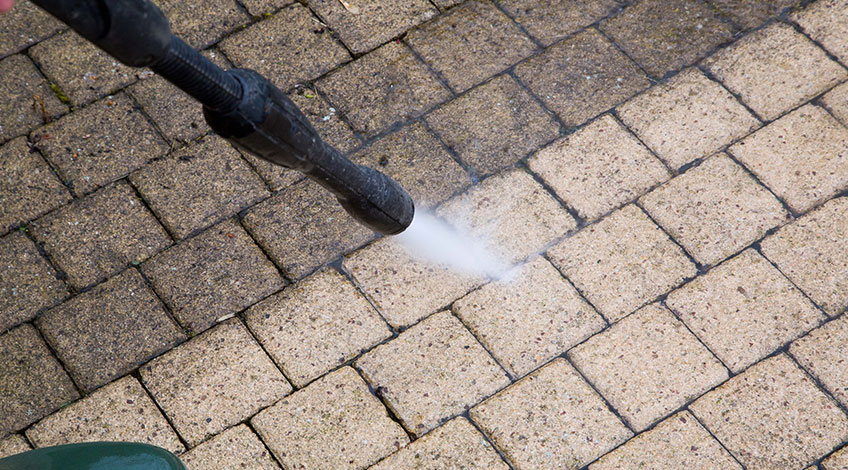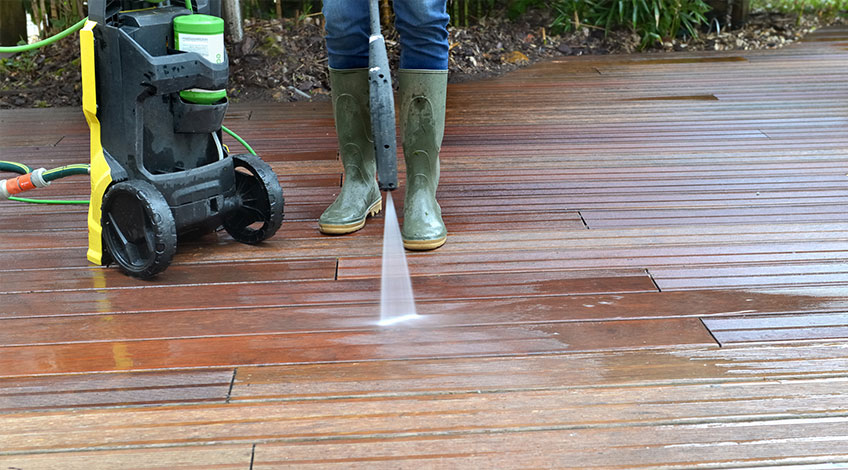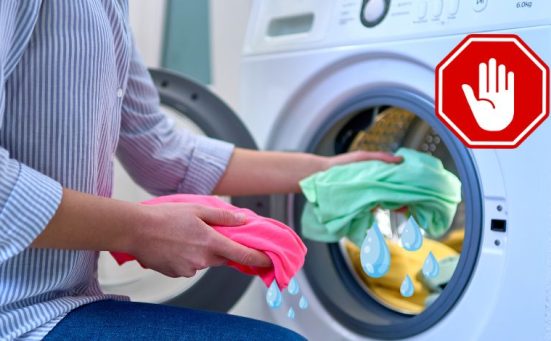
Pressure Washer Losing Pressure? This Might Be Why…
Anybody that’s purchased a pressure washer will experience power loss in their machine at some point. It can be frustrating when you’re all set to clean the car or wash down the patio and the pressure washer suffers from power loss. Even the best kept, well-maintained machines can get power loss or low-pressure problems at one time or another.
The symptoms can include constant low-pressure or power surges that cause the water to pulsate. Either way, you’ve got a problem. The trick here is not to panic. Most people in this situation go for the worst-case scenario and start dismantling their pressure washer to find the fault. But 9 times out of 10 the problem is something simple.
So before you start reaching for your tool kit and getting all technical, there are a few quick checks that you can do immediately that just might solve the problem. Pressure loss is a common fault with pressure washers and it could indicate something serious is wrong. But it could also be something relatively easy to fix.
Why Is My Pressure Washer Losing Power?
We need to go back to basics first and explore the very real possibility that this is something simple. So let’s look at when you noticed that there was no power, if it was as soon as you started to use it, it could just be the system has an air block.
10 Simple Steps To Clear A Pressure Washer Air Block

This little trick can be all you need to get your pressure washer running at full power, and it doesn’t just work for air blocks either. These same steps could cure sticking bypass valves, pulsing and air blocks. One trick and 3 cures awesome right? Let’s get to it.
- Remove the power supply – Turn off the socket and unplug the pressure washer.
- Disconnect the high-pressure hose – Remove the black power hose from the pressure washer.
- Connect the water supply – Hook the garden hose to the tap and connect the other end of the hose to the inlet connector on the pressure washer.
- Turn the water supply on – Make sure the garden tap is fully on.
- Let the water flow through the pressure washer – Let the water run for at least 5 minutes without doing anything else at all.
- Reconnect the high-pressure hose – To the outlet connector on the pressure washer.
- Press the trigger on the spray wand – The water will draw from the garden hose through the pressure hose and the wand and into the trigger, forcing any air out of the system.
- Reconnect the plug – And turn on the power supply.
- Using the dial on the pressure washer – Turn the pressure on.
- Press the trigger – The pressure washer should now be running at full pressure again.
If this doesn’t solve the problem don’t worry, here are a few more common causes for power loss and the easiest ways to fix them.
10 Common Faults Why Pressure Washers Lose Pressure
Faulty Water Supply
This is one of the most common reasons for power loss on pressure washers, and one of the easiest to fix. First, check that the garden tap is fully on. Then check the garden hose isn’t leaking or hasn’t got any kinks in it. If it’s not that, it could be the garden hose diameter is too small.
Get a larger bore garden hose this will usually solve the problem. This is because pressure washers rely on water flow to operate properly if there is not enough water going into the machine, it can’t pump it at the correct pressure.
Blocked Or Worn Nozzle
The easiest way to check if the problem is with the nozzle is to disconnect the nozzle you are currently using and replace it with a different nozzle. If the power’s up – that’s the problem. Replace any worn nozzles to prevent this problem reoccurring. If the nozzle is partially blocked with dirt or debris, just use the little tool that was supplied with your pressure washer to clear it.
If you don’t have the tool you can fashion one from a paper clip just straighten one end. Poke the wire into the nozzle and wiggle it about a bit, then give it a blast of power, this should dislodge any muck and clear the blockage.
Leaking Pressure Hose
If the pressure hose has not been connected properly at either end, water could be leaking out causing pressure loss. Check the connections and check the washers too, if the washers are worn or damaged (or missing) replace with new rubber washers. If there is damage to the actual pressure hose itself, replace it.
Worn Stop/Start Valve
If the stop/start valve is worn in the lance, squeeze and release the trigger 5-6 times as this can sometimes free the valve. If it is the valve it will need to be replaced.
Wrong Nozzle
If you have what you thought was enough pressure but the dirt isn’t moving when you spray it, the reason could be you’re using the wrong nozzle. Try changing to a higher-power nozzle and see if that solves the issue.
Water Temperature
Pressure washers only work using cold water, even power washers that heat up the water before spraying it, work on a cold water feed. If you are using your pressure washer on a hot day, the water in the garden hose could be getting heated by the sun. This can cause power loss problems, try flushing the hose through to remove any heated up water.
Then give the hose some shade to prevent this from happening again.
Blocked Water Filter
Over time the water pump filter can get blocked with dirt, debris and even limescale from the water supply. If the filter gets blocked the water struggles to get around the system. Remove the pump and give it a blow with compressed air.
Faulty Unloader Valve
The function of the unloader valve or pressure regulator as it is sometimes called is to regulate the water pressure. If the unloader valve develops a fault, it either lets too much pressure build-up or your machine loses pressure. Check for any damage or wear to the seals and washers, and that the spring is working properly.
If it all seems fine, try adjusting the unloader screw. While you’re looking at the unloader valve, check in your instruction manual for calibration settings on the unloader valve. Recalibrate if necessary.
Blocked Wand
Just like the nozzles, the actual tip of the wand can also get blocked, to free any blockage, use the tool (or paper clip) in the tip. Then blast with water.
Damaged Water Pump
If the water pump has an oil leak try tightening all bolts if it’s still leaking contact your manufacturer. If there is a water leak from the water pump check all connectors and refit if necessary. If it’s still leaking, and it’s still under warranty, get in touch with the manufacturer, if not replace the water pump.
How To Prevent Pressure Washer Power Loss

The old saying prevention is better than cure is an apt one for pressure washers, many of the above faults can be avoided by regular checks and maintenance. For an easy to follow pressure washer maintenance guide click here. Other easy steps you can take are, never drop the wand, trigger or nozzle onto the floor. This is the main cause of blockages in tips and nozzles.
Only ever use mains water, don’t use river, lake, or water from other sources that could contain foreign bodies that could block the system. Always run through the 10 simple steps to clear a pressure washer air block found at the beginning of this post, before starting your pressure washer. Check all hoses and connections for leaks and repair/replace as necessary.
Check the wand and trigger for leaks, and remember to check the water inlet filter for dirt and debris every time you connect the garden hose to the pump (if you have a visible screen on your pump).
Frequently Asked Questions
Power washer surging is usually caused by low water pressure. Often caused by too small diameter garden hose, kinks in the hose, or not having the tap fully on.
Always turn the water on before starting the pressure water and press the trigger to release any air or water blockages.
If your Karcher pressure washer is pulsing, it’s probably caused by a blocked nozzle, clear the blockage using the tool provided with the pressure washer and rinse in water.
A pressure washer unloader valve (or pressure regulator) is designed to react to any changes in water pressure. It diverts the water through the bypass system when the trigger is released allowing the water to return to the pump without damage. It is also used to regulate and adjust the water pressure of your pressure washer.
All pressure washers have an unloader valve although this is sometimes called the pressure regulator. Without an unloader valve, the build-up of pressure would damage the water pump and other internal components.
Also, follow us on Pinterest ...



